Luxury Hospitality: Standardising Service Training for Crew
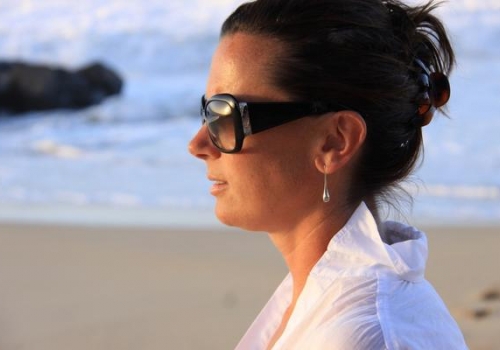
From working as a marine biologist in New Zealand and joining superyachts in Sydney to now working with Luxury Hospitality to help expand service training for the deck and engineering side of the business, Kate Thompson’s career has been quite the ride.
A chief officer and keen diver with a passion for exploring the world’s most versatile cruising grounds, she’s extremely dedicated to ensuring all teams on board are all serving to the same high standards.
We caught up with Kate to discuss her early days at sea, her most memorable diving experiences, and her plans for Luxury Hospitality going forward into 2023.
Please can you tell us about your earlier career and how you got into the yachting industry?
Growing up in New Zealand, I always had an obsession with the sea. I started my career as a marine biologist, however soon realised that statistical analysis and lab work was not for me - I wanted to be at sea, on it, in it or under it.
It was at this time that an old school friend called me and asked if I’d move to Sydney, Australia with her and it just felt right. I secured work in hospitality and learnt a lot during the two years I was there, but it wasn’t long until the ocean called once more. I packed up my life and moved to Airlie Beach in Queensland, ‘the gateway to the Great Barrier Reef’.
Here I advanced my diving qualifications to the level of PADI IDC Staff Instructor and introduced hundreds of people to the underwater world I love so much. While teaching all these interesting people to dive safely, I kept looking to the sea for more adventure. It finally came with the offer to work on Paul Allen’s smallest superyacht Meduse, and what followed was the start of a long career in the industry.
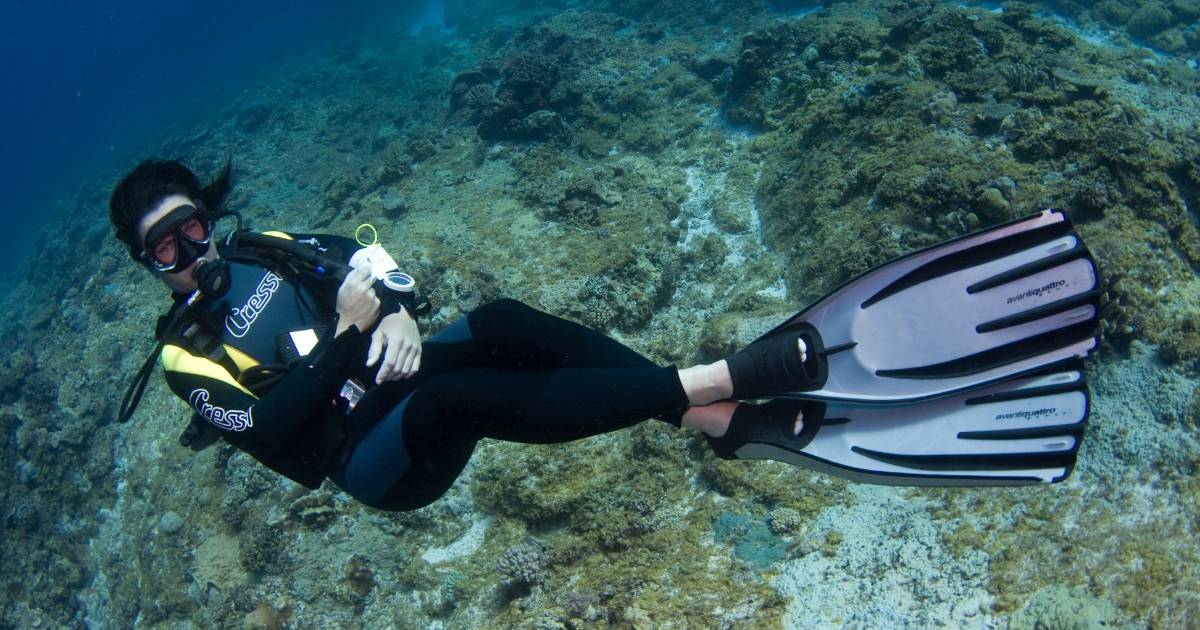
What was your favourite thing about working on board and what prompted your move on shore?
I loved that the view out the window was ever changing. I loved the variation of tasks each day, from yard, to passages, to guest services. I loved the physical nature of the work, and I loved the tolerance it taught me while living in close quarters with people from various cultures.
The last superyacht I was on sold, and I was asked to move ashore to start a yacht management company, manage the owner’s fleet of smaller vessels and help write/create a safety management system. I was ready for the new challenges and knowledge… though I do still miss life at sea.
Your final job before moving ashore was as chief officer – in your opinion, what are the most important qualities a chief officer must possess?
Knowledge (of the sea, people, safety, etc.) obviously, but the ability to teach and share that knowledge with those on board, regardless of their position or rank. Leading by example and really listening are key qualities of a chief officer to ensure full support of both the master and crew.
How long have you been working at Luxury Hospitality and how did it come about?
I started working with LH just a few months ago, however Peter Vogel has been a close friend of mine since 2006, when we first worked together. We have long wanted to work together again, and this year the opportunity presented itself.
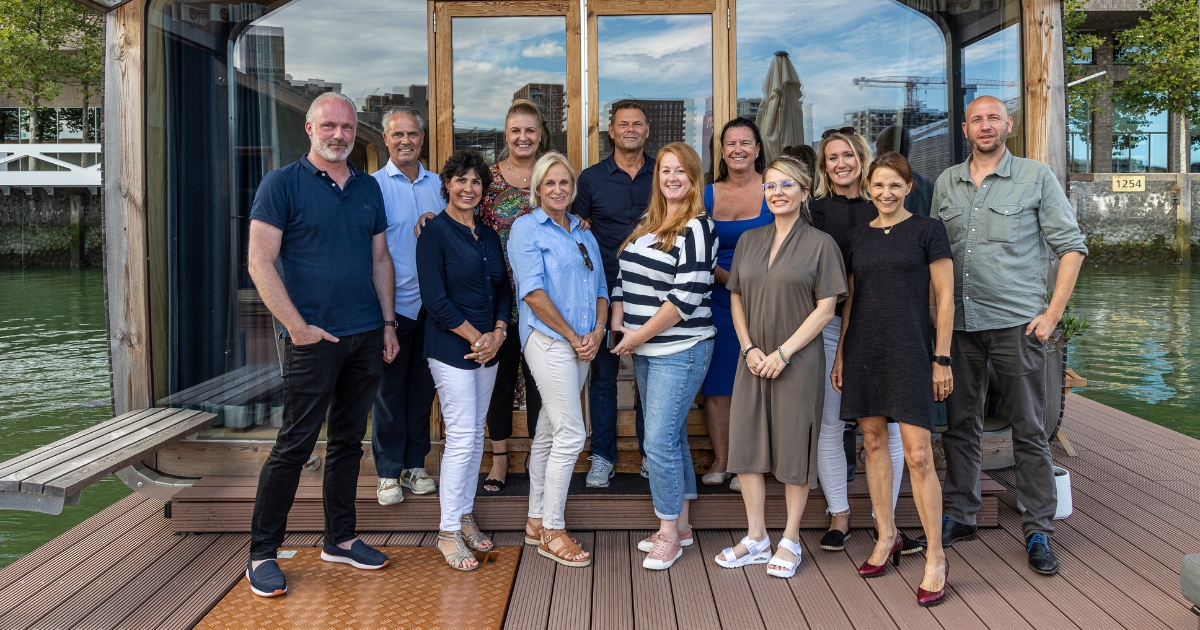
You are currently working on expanding service training for the deck and engineering side of the business – why do you think customer service is so often overlooked in these departments?
Deck and engineering teams require technical training and skill, this is essential, so the service aspect is often overlooked.
In partnership with LH we provide clear and simple service training for these teams. This is not just to remind them that safe service is a primary aspect of their jobs but also to ensure the teams on board are all serving to the same high standards.
How should deck and engineering crew be supporting the interior and other service departments on board?
The deck and engineering teams are an extension of the service team, it is essential that all teams work as one. Communication needs to be very clear, and standards need to be set. The best crew member is a chameleon - able to fulfil any role when asked of them.
What modules do your courses entail?
Currently we are offering a Deck/Engineering Etiquette Course, which is best delivered using scenario-based training. This serves to standardise the levels of service across all departments and, if relevant, across fleets.
We are also looking into offering more technical training for junior crew, though this is still in development.
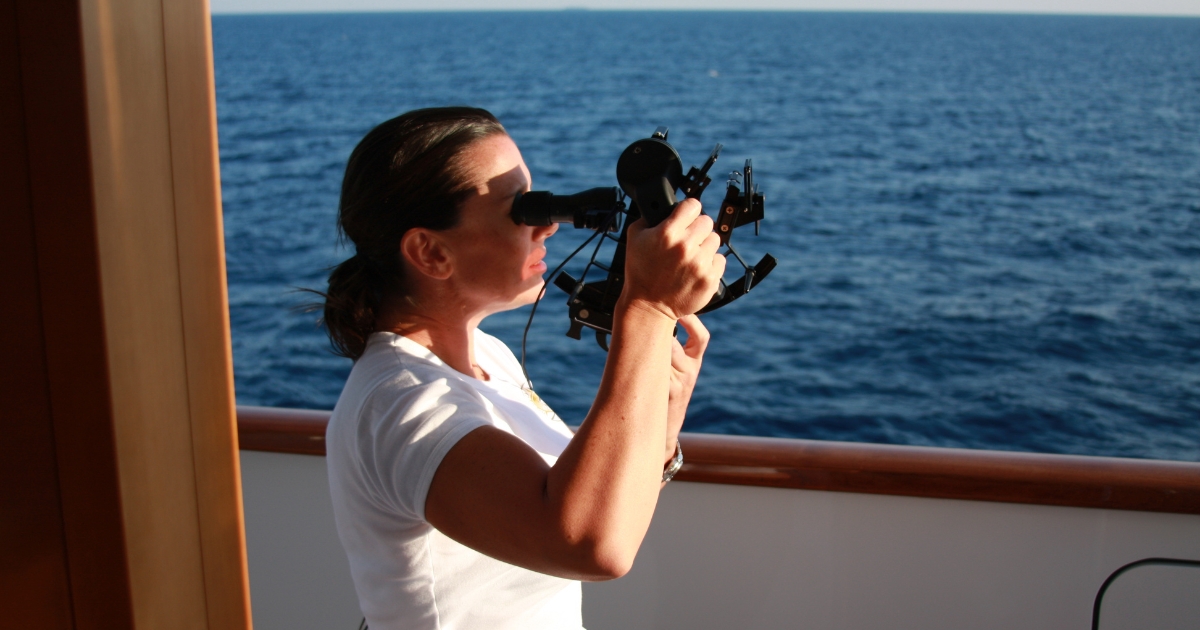
You’re also key account manager for a large fleet of vessels – what do you find most challenging about managing multiple vessels with hundreds of crew?
Due to the small window of down time that most vessels/fleets have, scheduling training for all crew on staggered rotations becomes quite the puzzle. The number of crew and vessels is not the challenge - the challenge is to ensure that all crew feel respected and looked after for all their training needs.
And what is the most rewarding part of the job?
Knowledge. Both the advancement of my own and others…it’s empowering. When we learn we grow and become better versions of ourselves, there’s nothing more rewarding.
How would you describe a typical day at work?
Currently, it’s primarily course development so, due to the hours at my computer, it’s not exciting at all. However I have never worked with a more positive and supportive team than LH, so I feel inspired to be the best version of myself and create the best content/courses possible.
Delivery of the courses and working closely with my LH team are the best days, filled with positive energy, so it’s the extraordinary, not the typical, that I live for.
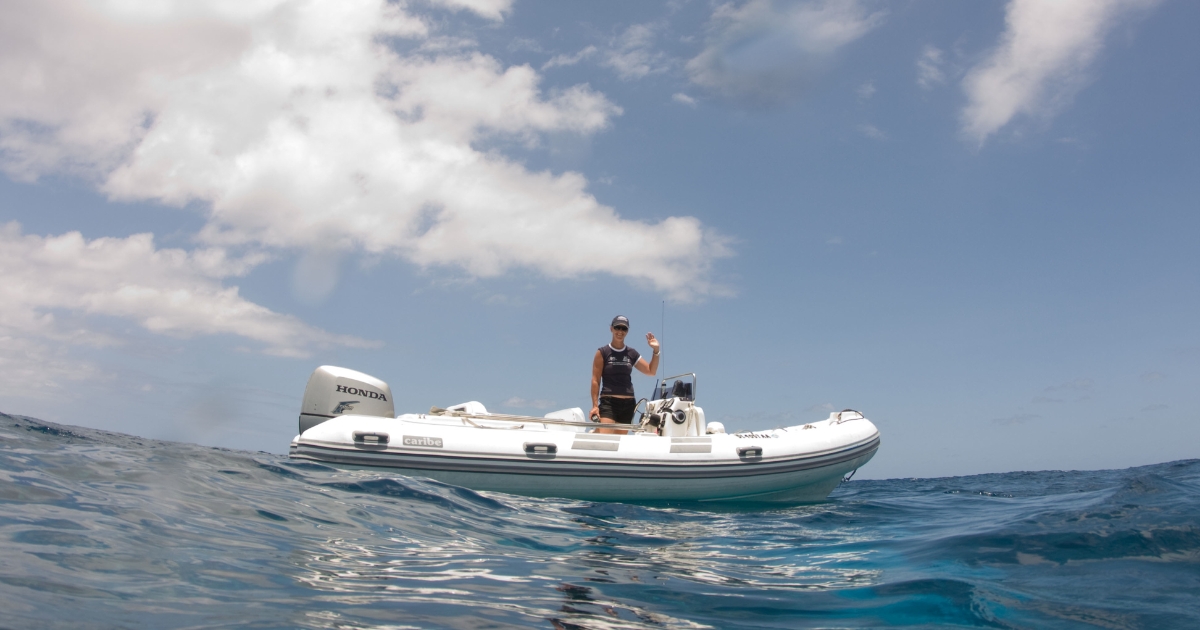
Where are you based and do you get to travel much with the role?
Working and living on yachts solidified my nomadic tendencies - I’m happiest when I’m travelling, learning, and understanding new cultures or landscapes. As I write this, I am in Gocek, Turkey. My last job prompted my move to this corner of the world, but the Turkish people inspire me to continue to return/stay!
The most beneficial method of training is in situ, where scenarios can take place, so travelling to the yachts or properties is essential for the maximum impact of training.
What’s the most important lesson you’ve learnt throughout your career so far?
Don’t judge too quickly. Listen, observe, ask questions and occasionally when necessary challenge. Always focus on the positives… there is always a positive.
As a marine biologist and keen scuba diver, where are some of your favourite diving grounds?
I learnt to dive in Dunedin, New Zealand in 8°C waters and zero visibility…we always wondered when a large shadow came past if it was a seal or a shark.
This start meant every dive that I could feel my face and see was incredible!
However, four locations stand out to date: the Socorro Islands (off the west coast of Mexico and north of Galapagos); Raja Ampat, Indonesia; the cenotes in central America; and Mark5 helmet diving in the Florida Keys.
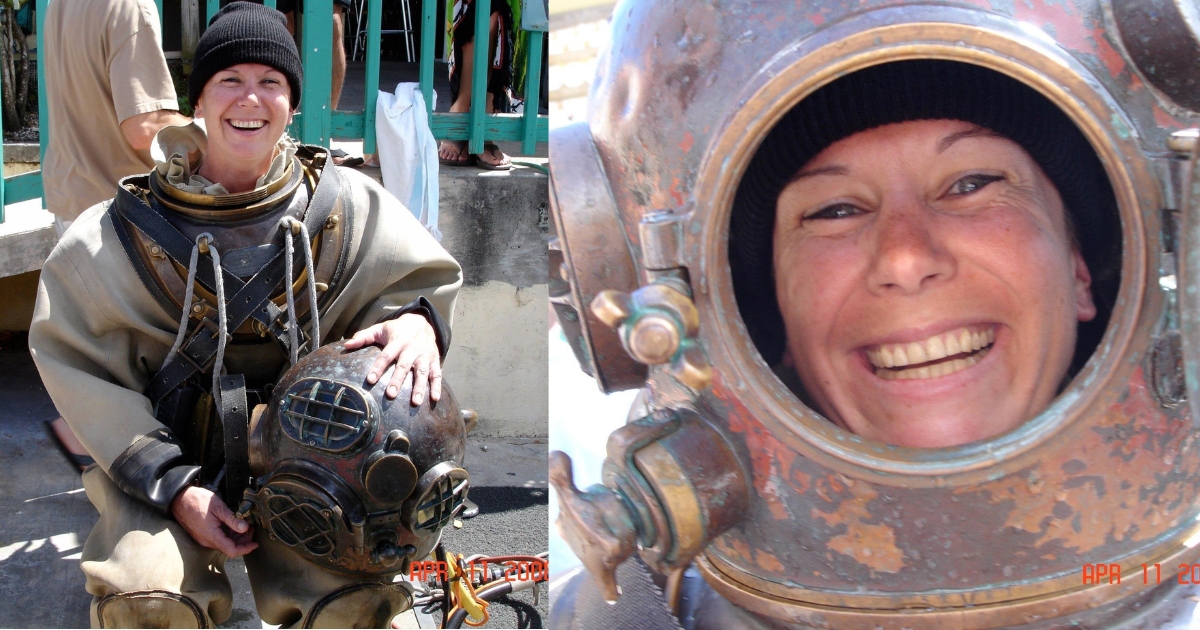
The Socorro Islands is where I experienced multi-species schools of sharks (including great hammerheads) that were only disturbed by giant (4m wingspan) manta rays...thankfully I have video to prove it!
Raja Ampat is fed by an upwelling of nutrient rich water from the Mariana Trench. This provides for an incredible biodiversity of species, and an amazing diving experience.
Diving in the cenotes in Mexico has many elements. Cave diving firstly, but these caves also have both thermoclines and haloclines. A true experience for any diver.
Lastly, I had the privilege of completing hyperbaric technician training with ‘Hyper-Dick’ (Dick Rutkowski), the man responsible for bringing NITROX to recreational diving. Incredible experience! Further to the chamber training, Dick had a Mark 5 brass helmet and offered the guys (mainly navy seals) the chance to dive in the helmet. Everyone was keen, including me.
The time came to try out the helmet, a couple of guys went and then Dick asked “Who’s next?”. My hand shot up! Dick was old school…no girl would be strong enough for the weight of the equipment. Thankfully the guys on my course could see that I was able and they fought for me, and I got my chance. I got to don the brass helmet and lead boots. I climbed down the ladder and walked underwater in an antique suit. One of the best experiences of my life!
Tell us a fact about yourself that might surprise your colleagues?
Nothing would surprise my current colleagues! That’s the best thing about the LH team...we’re real!


Post your comment
You cannot post comments until you have logged in.
Login to post a commentComments
No one has commented on this page yet.
RSS feed for comments on this page | RSS feed for all comments